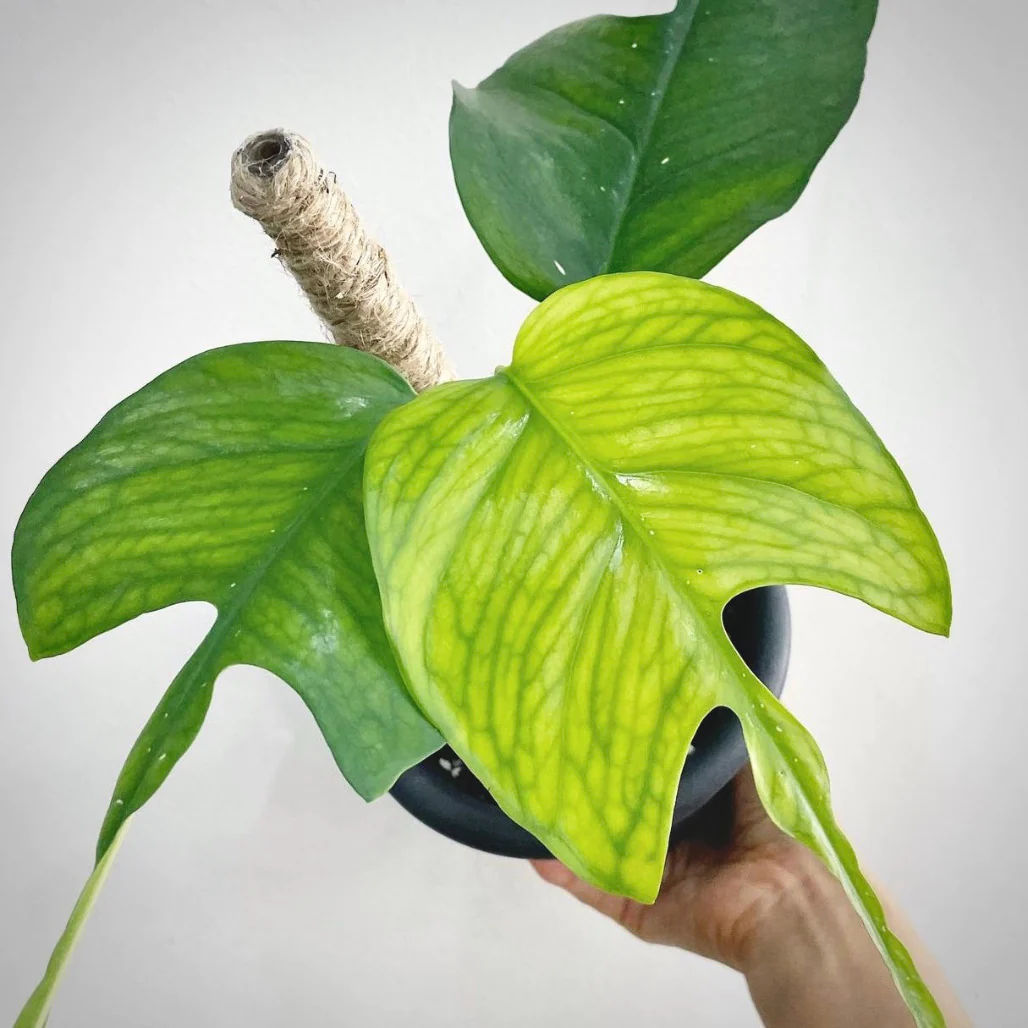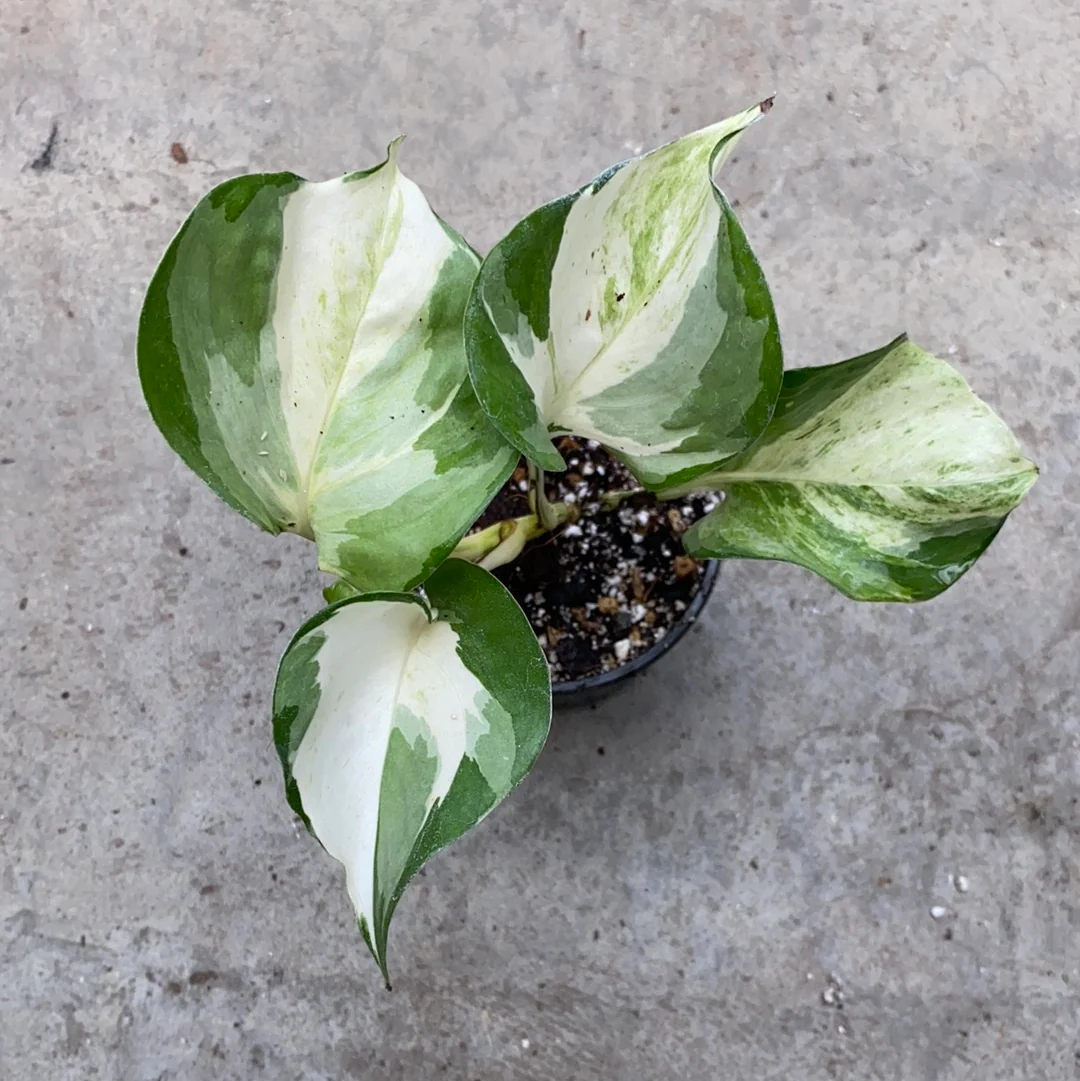Epipremnum, commonly known as Pothos or Devil’s Ivy, is a popular houseplant known for its easy care, trailing vines, and bright green leaves. However, concerns often arise regarding its safety, especially if you have curious pets or small children at home. So is Epipremnum truly safe or should it be avoided?

Toxicity of Epipremnum
Epipremnum contains insoluble calcium oxalates, which are small, sharp crystals that can cause irritation and inflammation if ingested.
Effects on Humans
If a person were to eat a leaf or part of the Epipremnum plant, they may experience:
- Mild burning sensation in the mouth
- Swelling of lips, mouth, tongue, and throat
- Vomiting and nausea
- Difficulty swallowing
- Stomach pain and irritation
Usually, ingesting a small amount causes only minor symptoms. But eating larger quantities can lead to more severe reactions. Seek medical care if serious side effects develop.
Effects on Pets
Pets that chew on or consume Epipremnum may display symptoms like:
- Pawing at the mouth
- Excessive drooling
- Vomiting
- Difficulty swallowing
- Loss of appetite
Though rare, calcium oxalate crystals can also cause more harmful effects in pets like kidney failure or obstruction of the digestive tract. So it’s best to keep Epipremnum out of reach of pets prone to chewing plants.

Keeping Epipremnum Safe at Home
While Epipremnum does pose some risks if ingested, there are many easy ways to grow it safely in your home.
Proper Placement
Place Epipremnum out of reach of kids and pets. Good options include:
- Hanging baskets
- High shelves
- Walled planters
- Rooms blocked off from children and animals
Be cautious of trailing vines too. Trim them if needed so they don’t hang down within reach.
Using Barriers
Barriers can prevent access to the Epipremnum for curious kids and pets, including:
- Plant cages or covers
- Baby gates or pet fences
- Closed terraiums or hanging globes
Barriers restrict physical access while still allowing sunlight and air circulation.
Monitoring Interactions
Closely watch kids and pets around Epipremnum at first. Redirect them if they try accessing the plant. With consistent positive reinforcement, they’ll learn it’s not to be touched.
Also check the plant and surrounding area routinely for fallen or reachable leaves and discard as needed. Pay extra attention after repotting or pruning.
“Explore the Exceptional 2023 Epipremnum Variegata Collection: A Curated Selection of the Rarest and Most Unique Varieties Available.”

Is Epipremnum Ultimately Safe?
While Epipremnum does have the potential to cause harm if eaten, the risks are relatively low, especially with proper precautions. The key is keeping the plant fully out of reach and monitoring any possible interactions.
With some simple safety measures, Epipremnum can still be displayed beautifully throughout the home without issue. If concerned at all about safety, there are also non-toxic alternative plants to consider instead. But Epipremnum itself isn’t inherently unsafe with smart preventative care.
Conclusion
Epipremnum contains insoluble calcium oxalate crystals that can irritate the mouth, throat, and digestive tract if consumed. It generally causes only minor symptoms in humans if a small amount is ingested, but may produce more harmful effects in pets. Still, Epipremnum can be grown safely at home by using barriers, smart placement out of reach, and consistent monitoring. While not dangerously toxic, Epipremnum does warrant some caution and safeguards, especially in homes with curious kids and pets prone to chewing plants. But ultimately, the risks are relatively low and easily avoidable. So there’s no need to completely avoid Epipremnum as long as you take a few simple precautions.
See more 5 Essential Tips to Water Your Devil’s Ivy: Keep Your Epipremnum Thriving!

